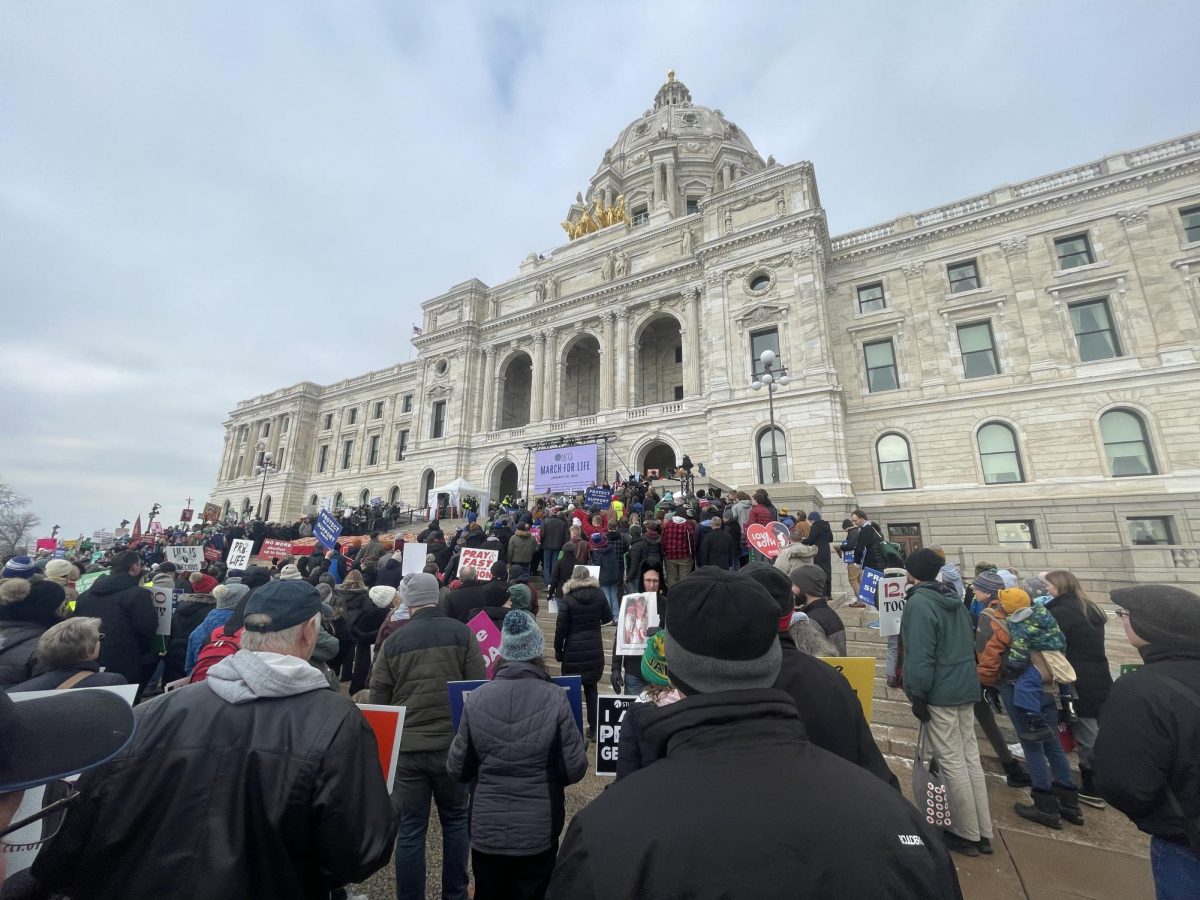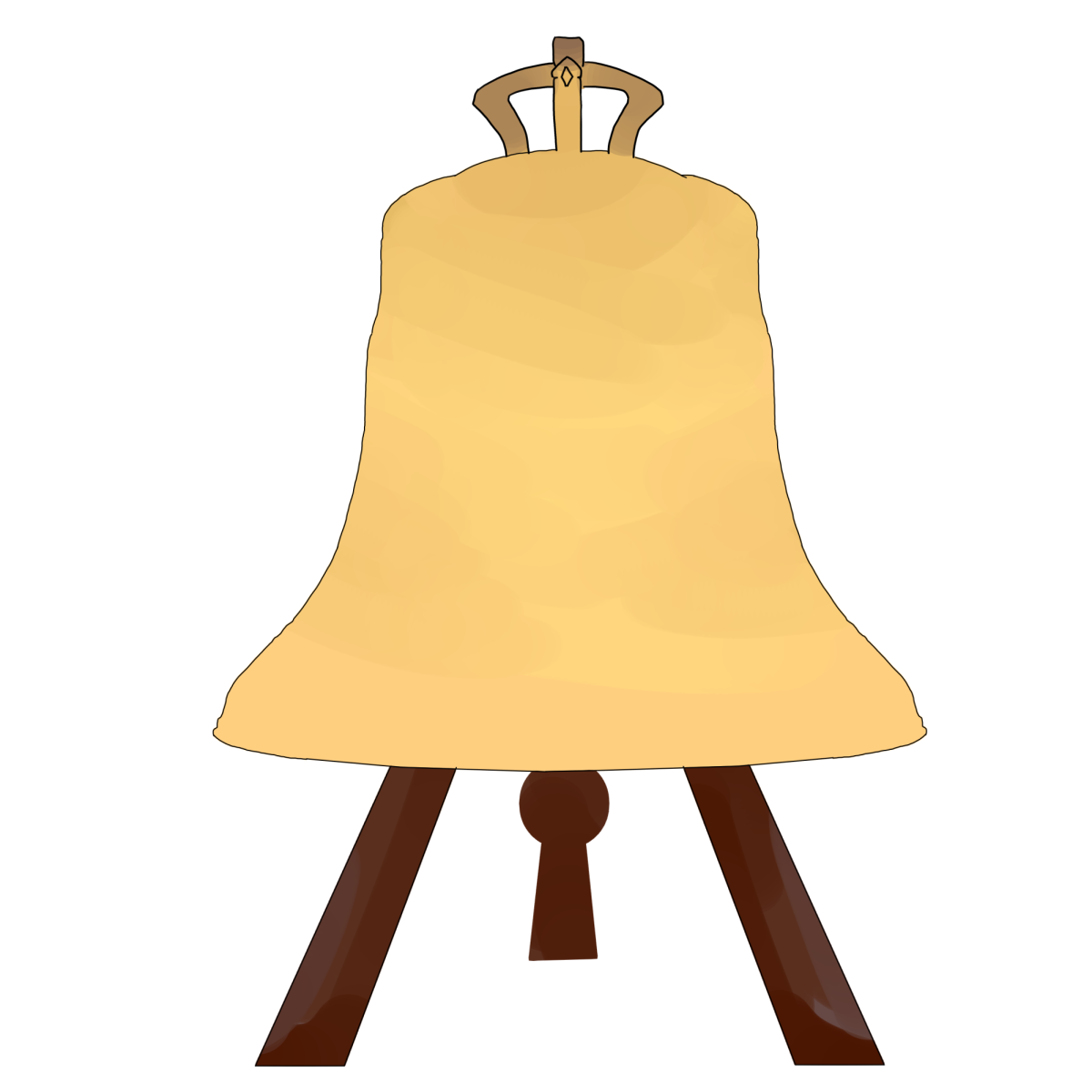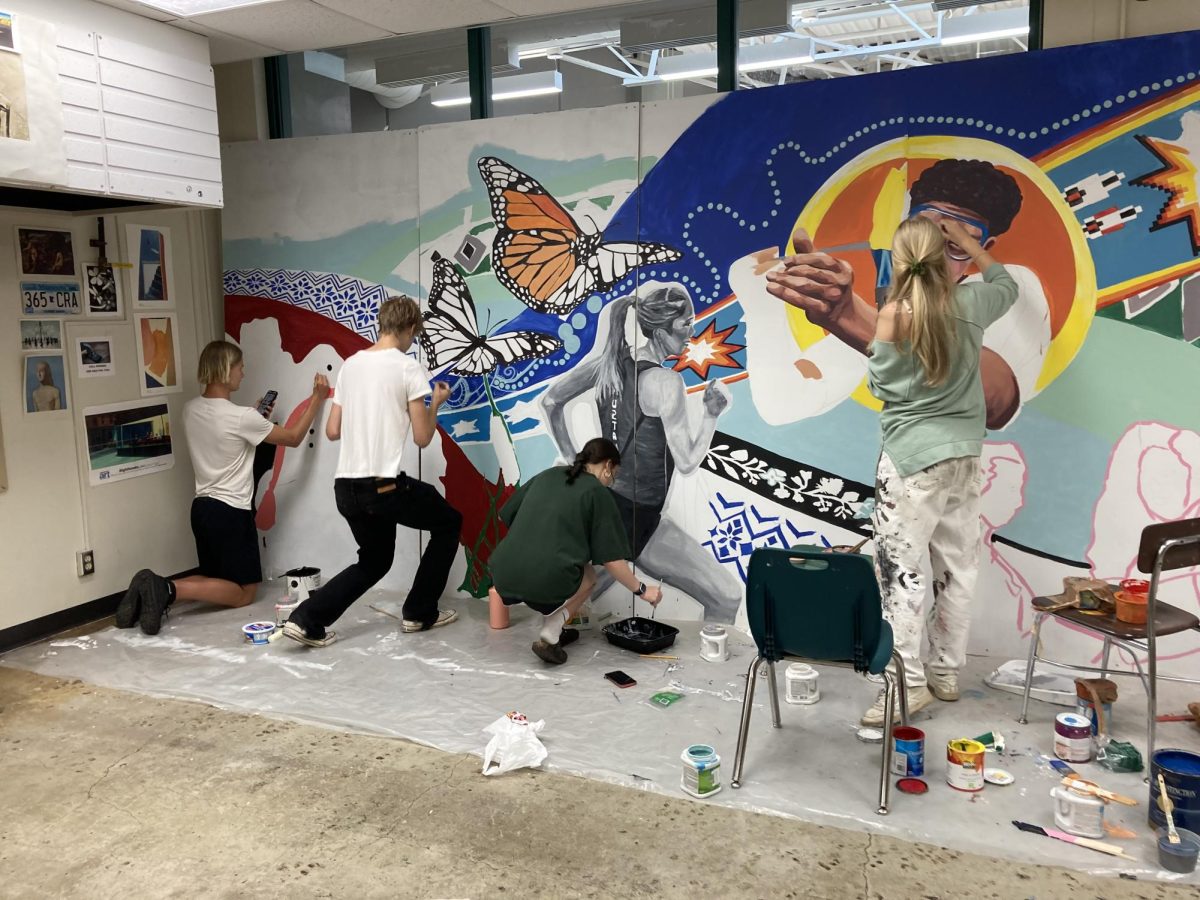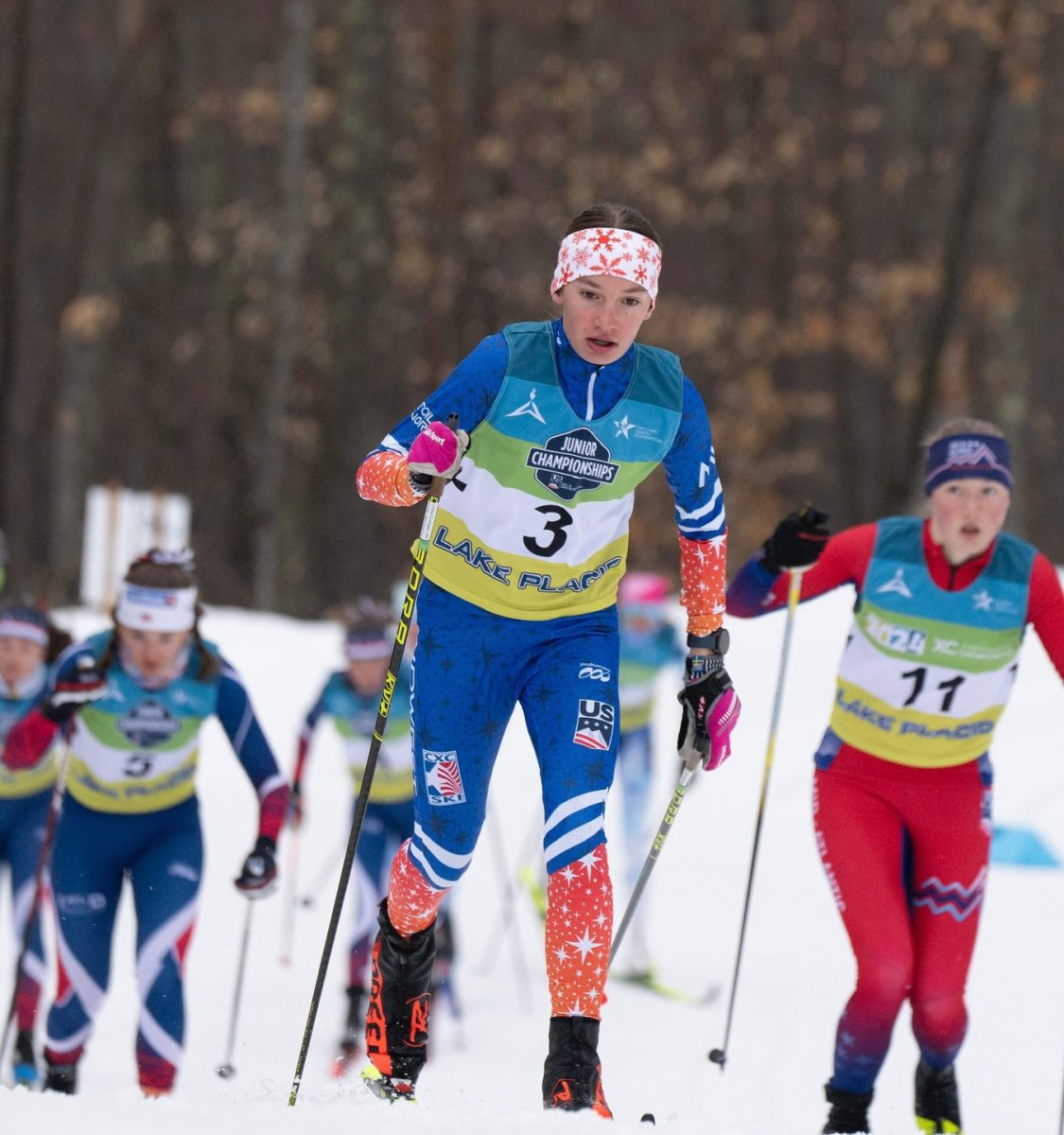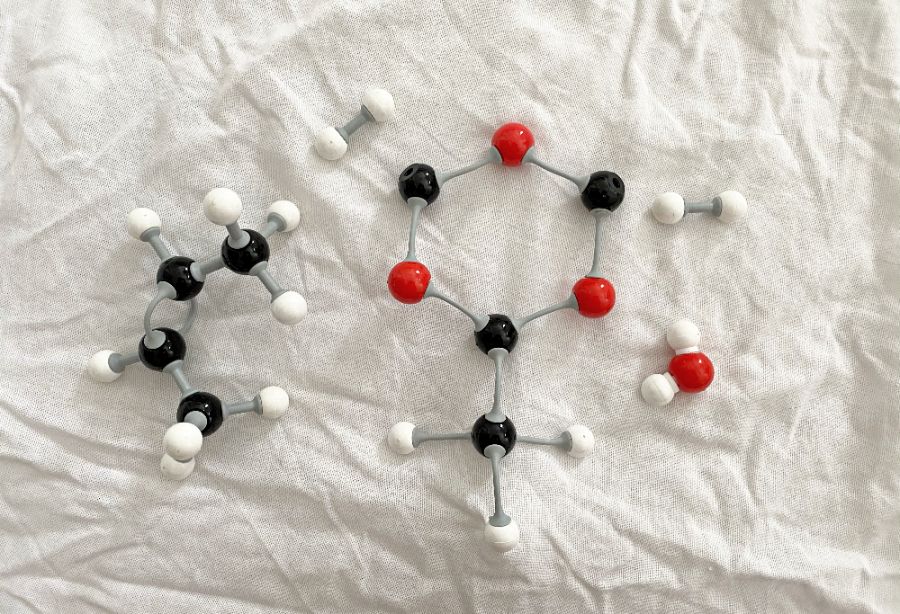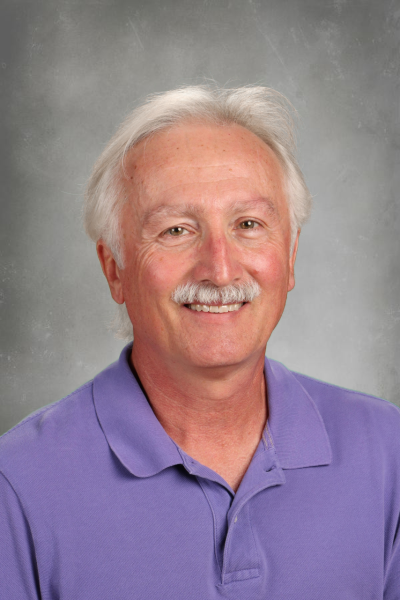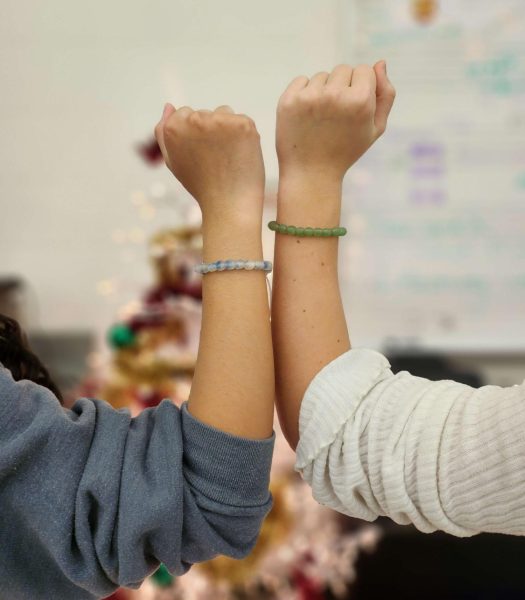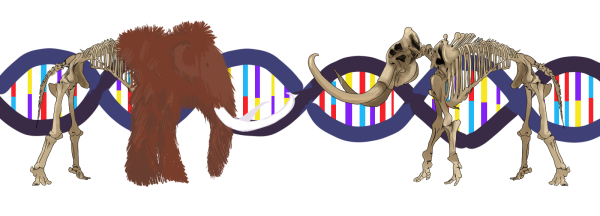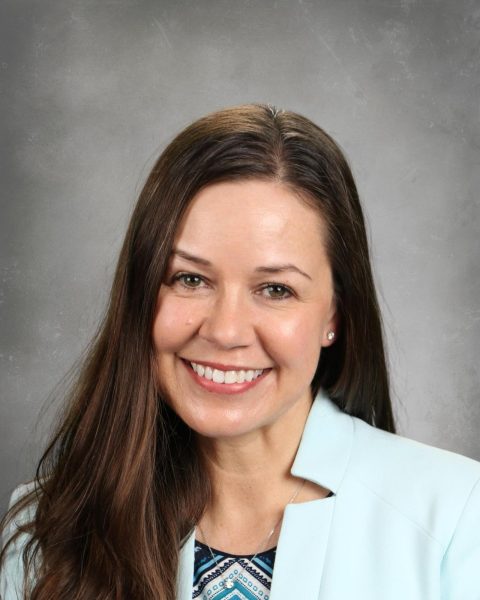Women In Science Day
February 26, 2021
Women in Science Day, on Feb. 11, is a day to recognize the important role women play in various science fields. It was created to help acknowledge the forgotten or lesser known female scientists, such as Rachel Carson, Marie Tharp and Helen Taussig, whose discoveries have changed the world in a huge way but are rarely recognized.
Rachel Carson was an American marine biologist who observed the effects of synthetic pesticides in the 1960s. After recognizing how carelessly synthetic pesticides were used, Carson helped launch the modern environmental movement. She wrote a famous nonfiction book in 1962, called “Silent Spring,” about the effects of pesticides on the environment. This became extremely popular and caused Nixon to form the Environmental Protection Agency. By fueling public interest in the environment, Carson was able to make a significant impact in helping the planet. Carson is only one of the many hidden women in science that have made a powerful impact.
Marie Tharp was a geologist and mathematician who revolutionized the theory of plate tectonics. She drew accurate charts of the ocean floor, proving the existence of the Mid-Atlantic Ridge, which is a plate boundary in the middle of the Atlantic Ocean floor. Her discovery confirmed the theory of plate tectonics and continental drift, which were considered crazy theories at the time. Even though she was not allowed to go on an ocean ship to collect data because of her gender, she still proved the theory of plate tectonics using alternate sources, which makes her discovery more impressive. Tharp was a scientist that made a groundbreaking discovery, but she is one of many female scientists that are unknown because of her gender.
Helen Taussig was a physician who went into the field of pediatric cardiology. Taussig discovered the cause of blue baby syndrome, a birth defect in the heart caused by babies lacking enough hemoglobin in their bloodstream. Hemoglobin is a protein that carries oxygen around the body and delivers the oxygen to cells and tissues. Without the necessary amount of hemoglobin, the baby’s skin turns blue, hence the name. Taussig created the concept for repairing blue baby syndrome and has saved the lives of countless infants. Taussig is another hidden woman in science that should be recognized and celebrated for her life saving discoveries.
The gender achievement gap in science has decreased since women like these have helped prove to the world that women can excel in science. In grades K-12, both female and male students’ achievements in math and science are relatively equal and both groups also participate in high level math and science at similar rates, according to the National Science Foundation (NSF). Male and female students are participating in science and math roughly the same amount.
However, even though the gender achievement gap is narrowing, it is still there. Mounds View chemistry teacher Jessica Espy said culture plays a role. “Our society perpetuates the gap from a super young age- walking down the toy aisles at Walmart will give this away,” said Espy. “Girls are encouraged to play ‘house’ while boys are given things with wheels or Legos. Many toys that are geared towards boys promote the kind of learning that stimulates the foundations of engineering, scientific discovery and critical thinking. By the time young women get to secondary school, they are already convinced that building bridges is masculine and cooking is feminine. It is getting better with some companies promoting STEM toys for specifically girls.”
Additionally, Espy herself was discouraged into getting her science degree. “I got a Bachelors of Science (B.S) in chemistry at Michigan State but was one of only a few women in my college program,” said Espy. “It was sometimes assumed by my professors that I was a Bachelors of Arts (B.A.) chemistry major instead, which was an easier program and reserved for those only interested in teaching high school chemistry. Professors and fellow male students would ask questions like, ‘Why are you even taking this class?’ implying that I could take an easier course to get a B.A.”
As Espy demonstrated, discrimination in the science fields still exists today, built on the archaic belief that that kind of work is only for men. Women make up only 28% of the science and engineering workforce according to the 2018 report from NSF.
Nevertheless, this difference in scientific participation is lessening. Espy tries to narrow the gap by teaching the achievements of unknown women in science. “I try to weave many of the stories of influential women in science and shed light on the barriers they faced and overcame,” said Espy. “The more we make it known that women are discriminated against in the science community, the faster we can address it and change that norm.” The more people learn about how much women shaped the history of science, the more the career of a woman in science will be encouraged.
Rachel Carson, Marie Tharp and Helen Taussig are a few of the female scientists who made groundbreaking, beneficial discoveries in their respective fields, but are rarely talked about today because of their gender. The purpose of Women in Science Day is to acknowledge women like them, the lesser known scientists who have made revolutionary discoveries and encourage women to go into science fields.




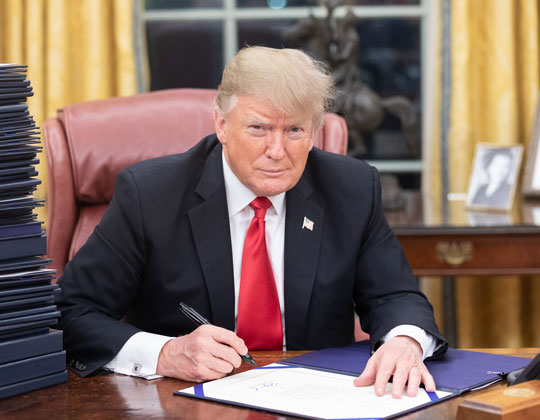

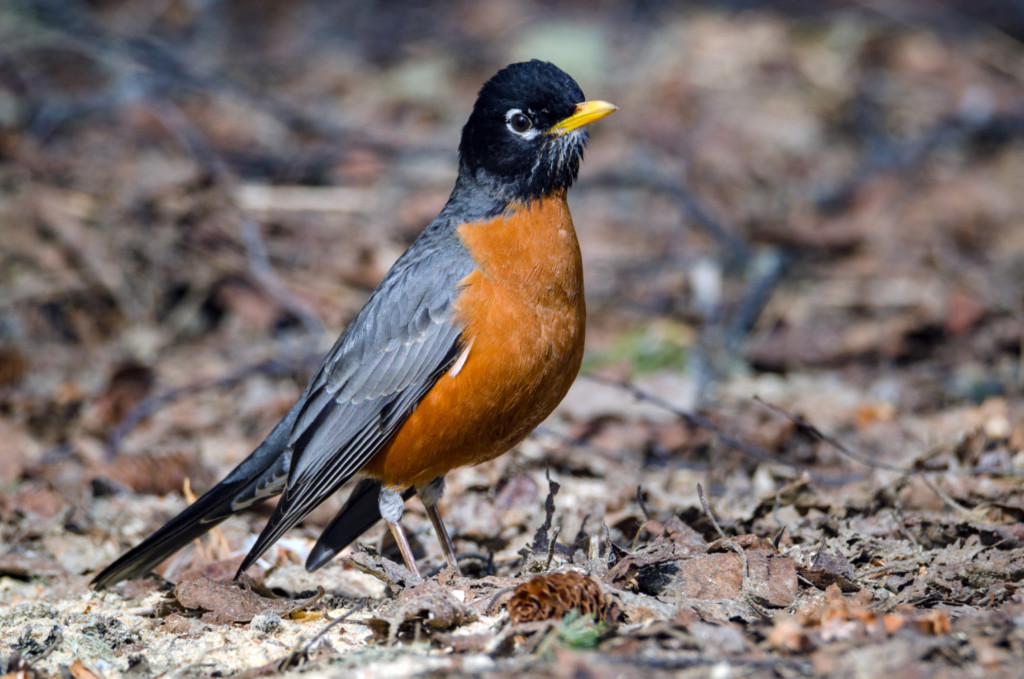
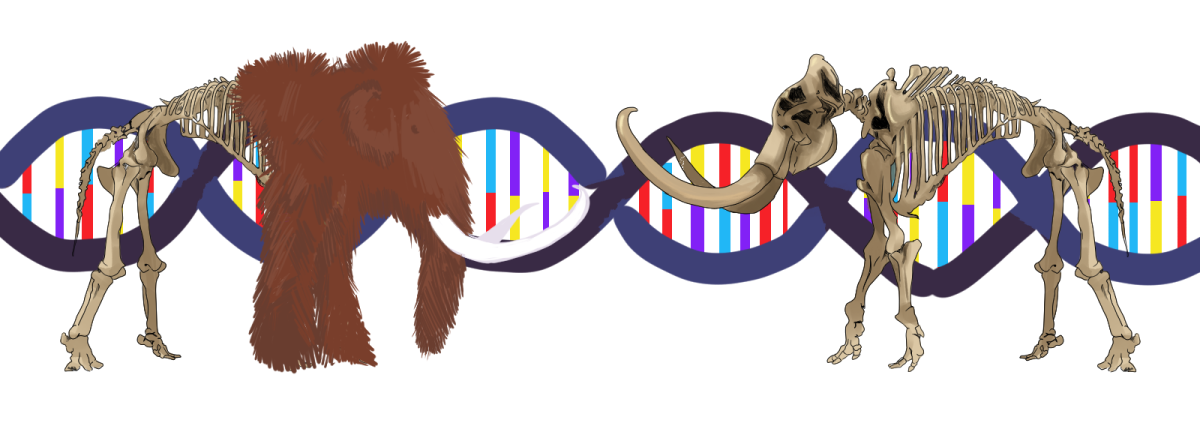



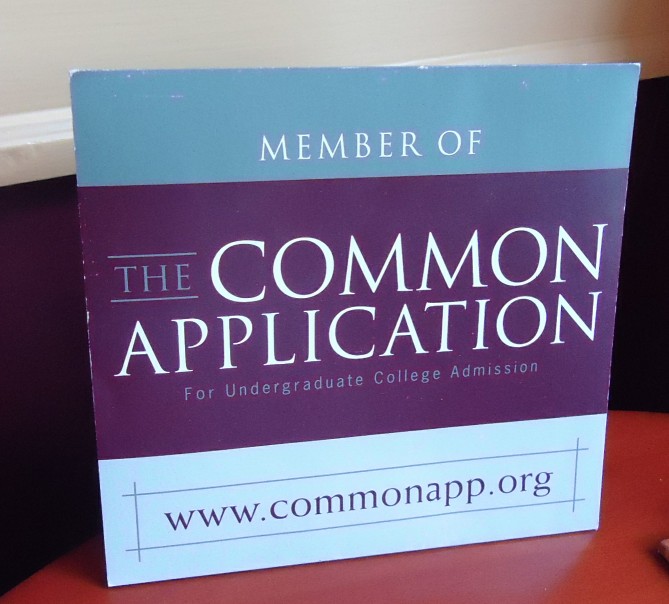
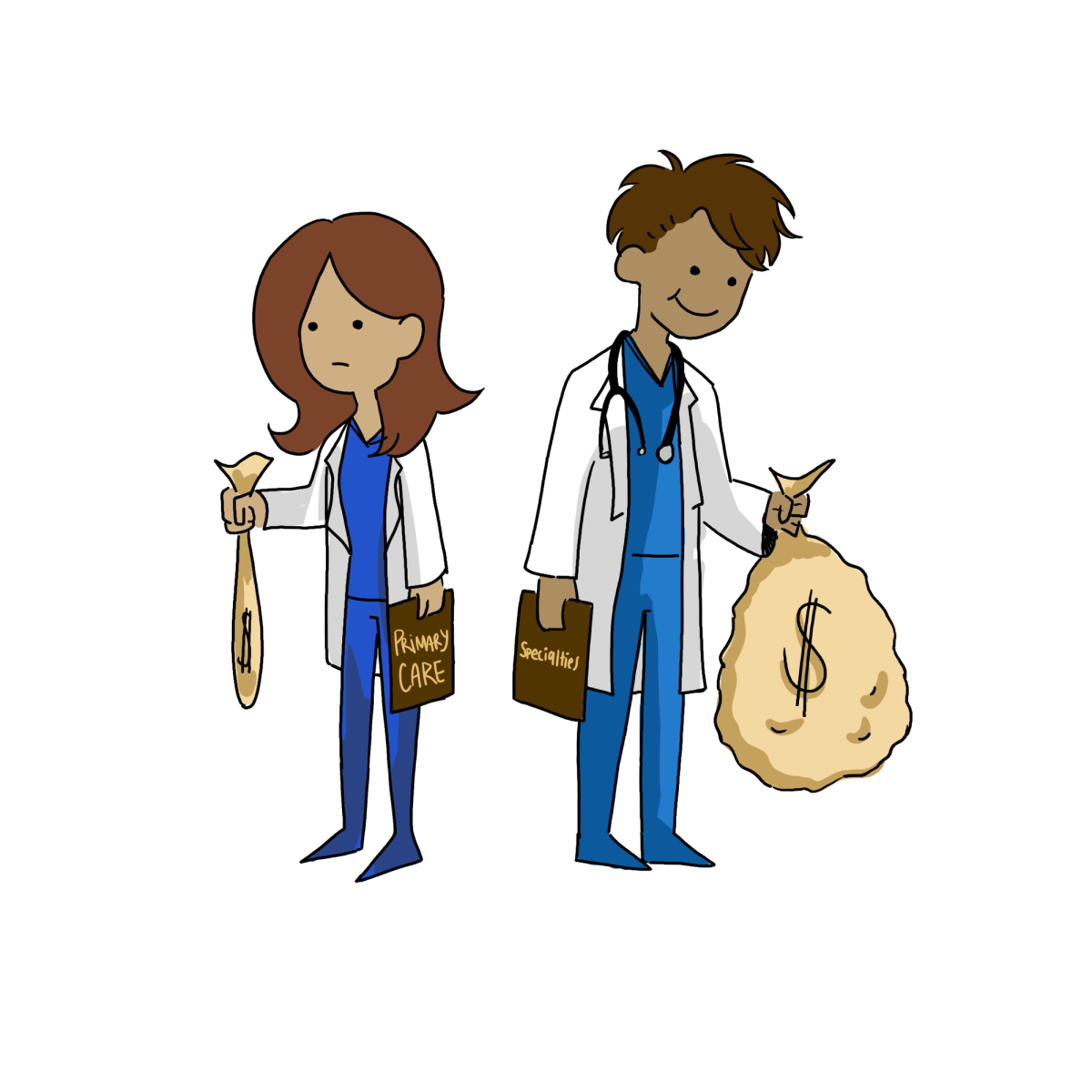

![[DEBATES] Prestigious colleges: value or hype?](https://www.mvviewer.org/wp-content/uploads/2024/12/buildings-1200x654.png)
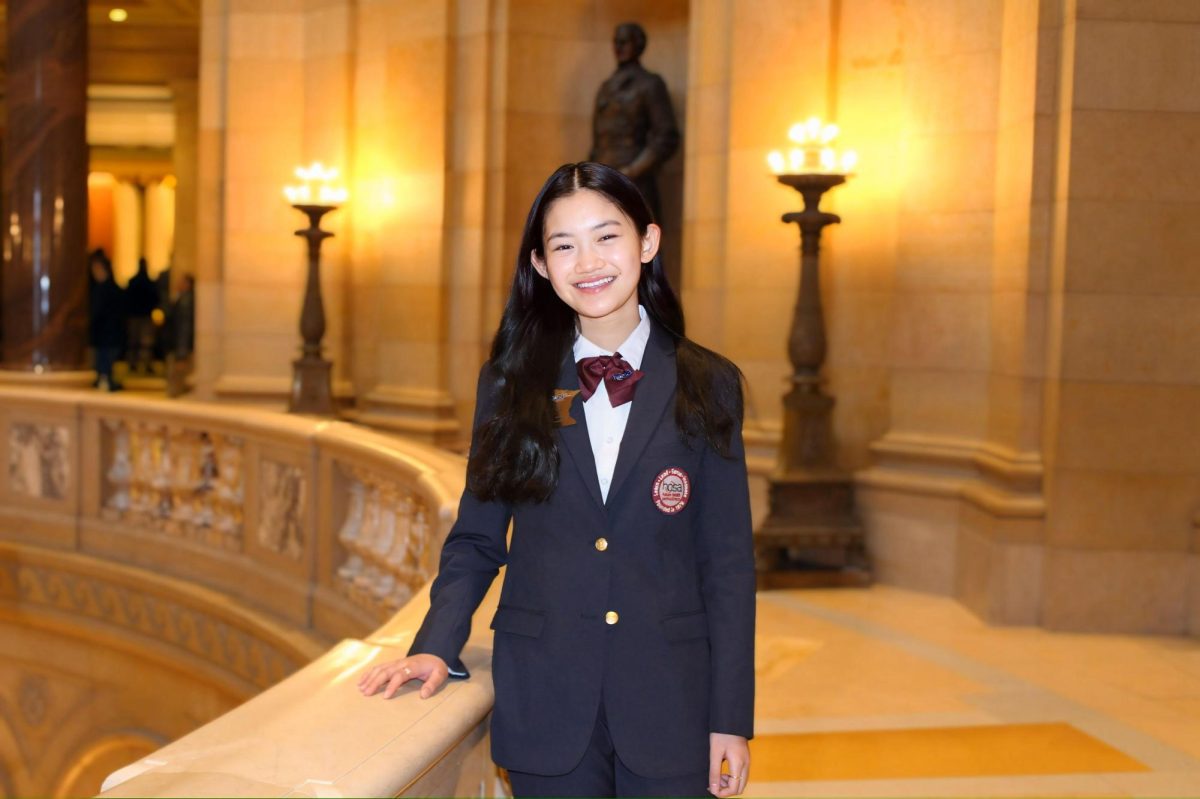

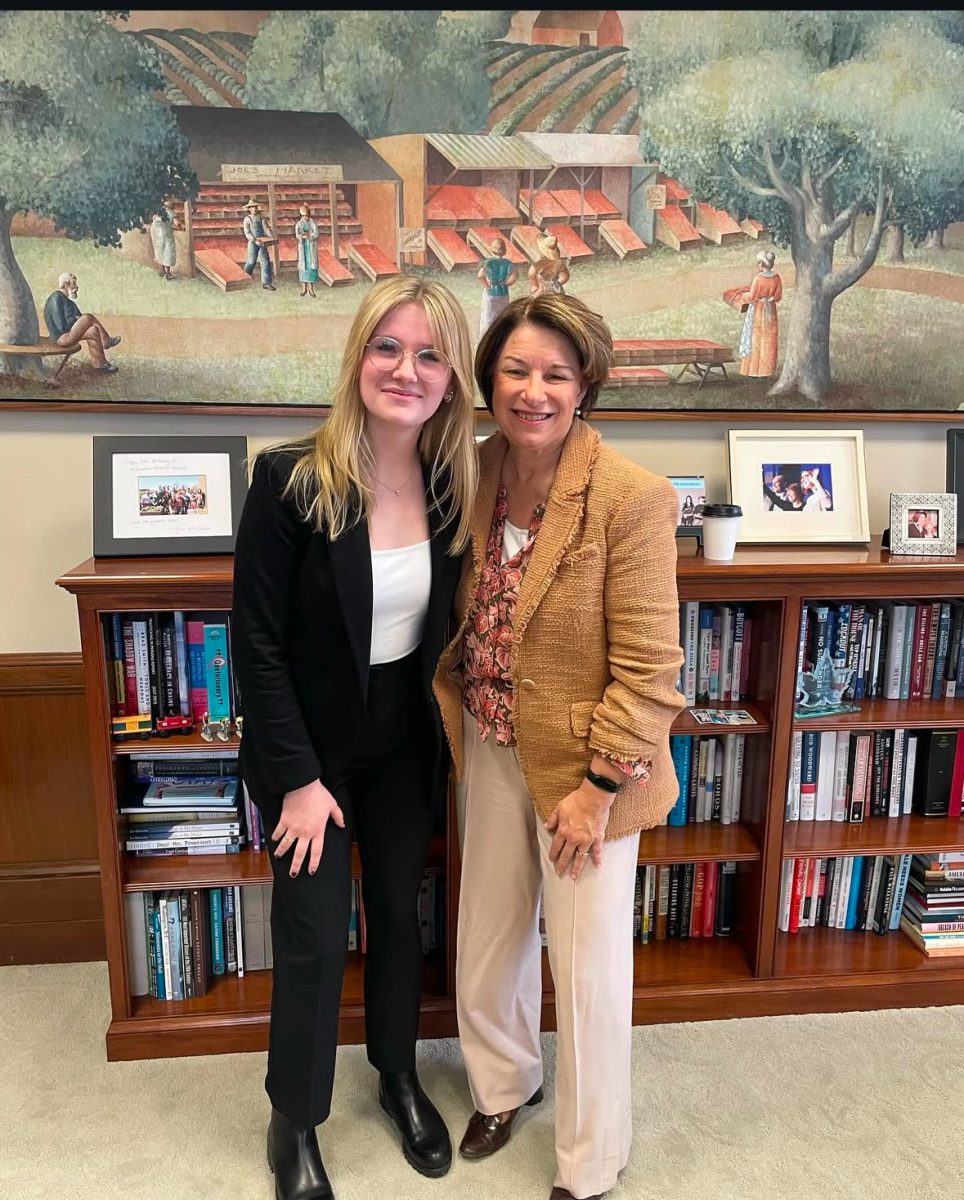
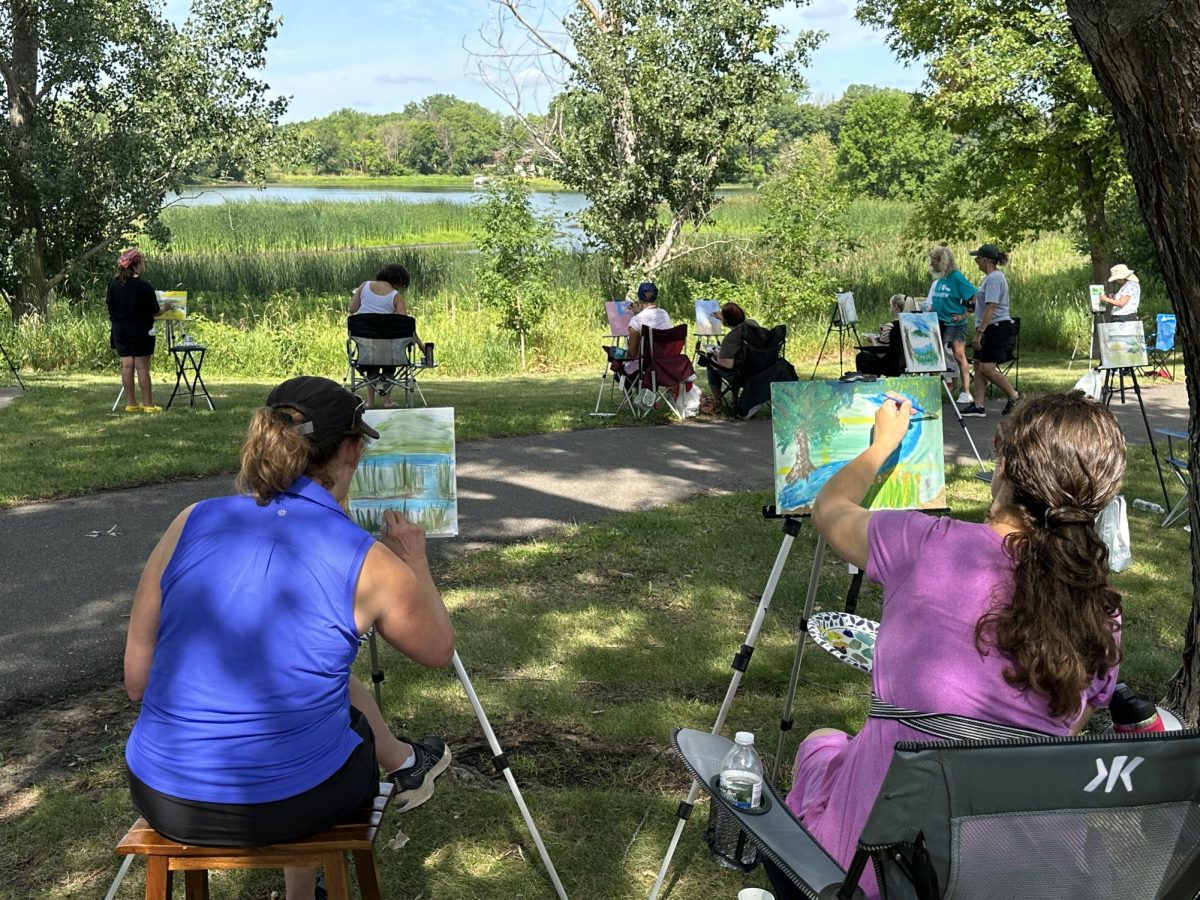
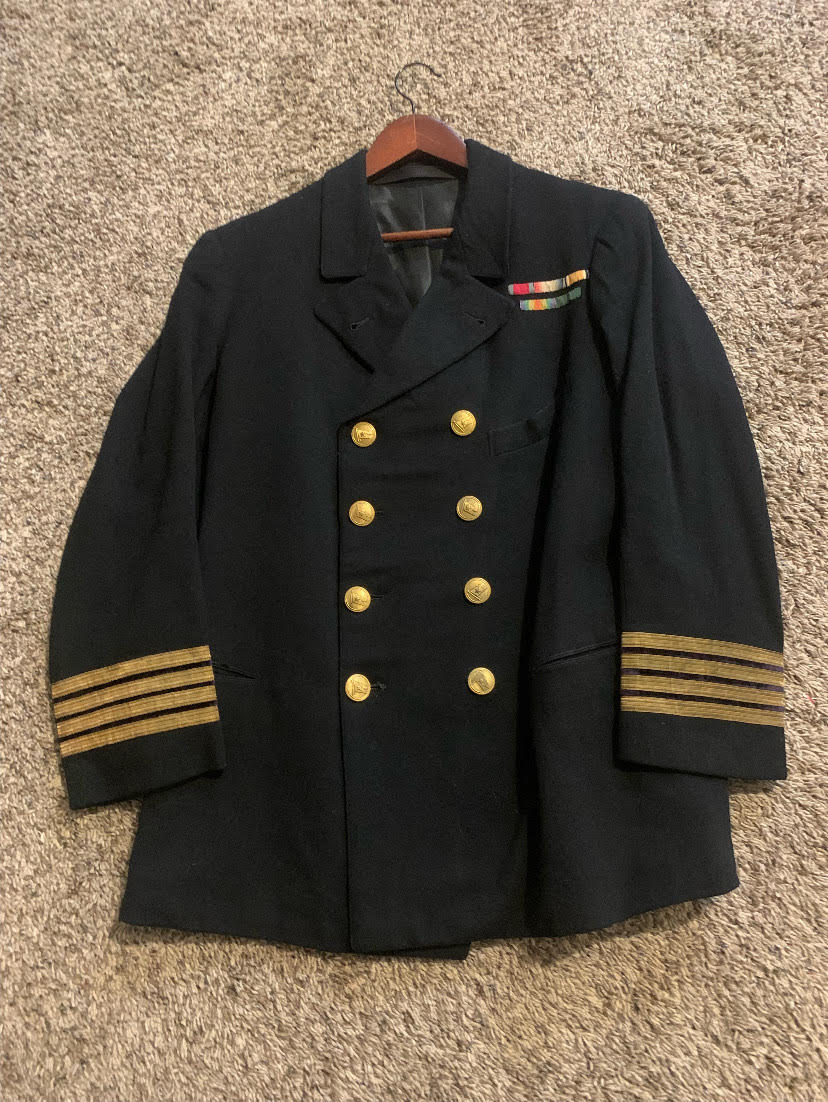


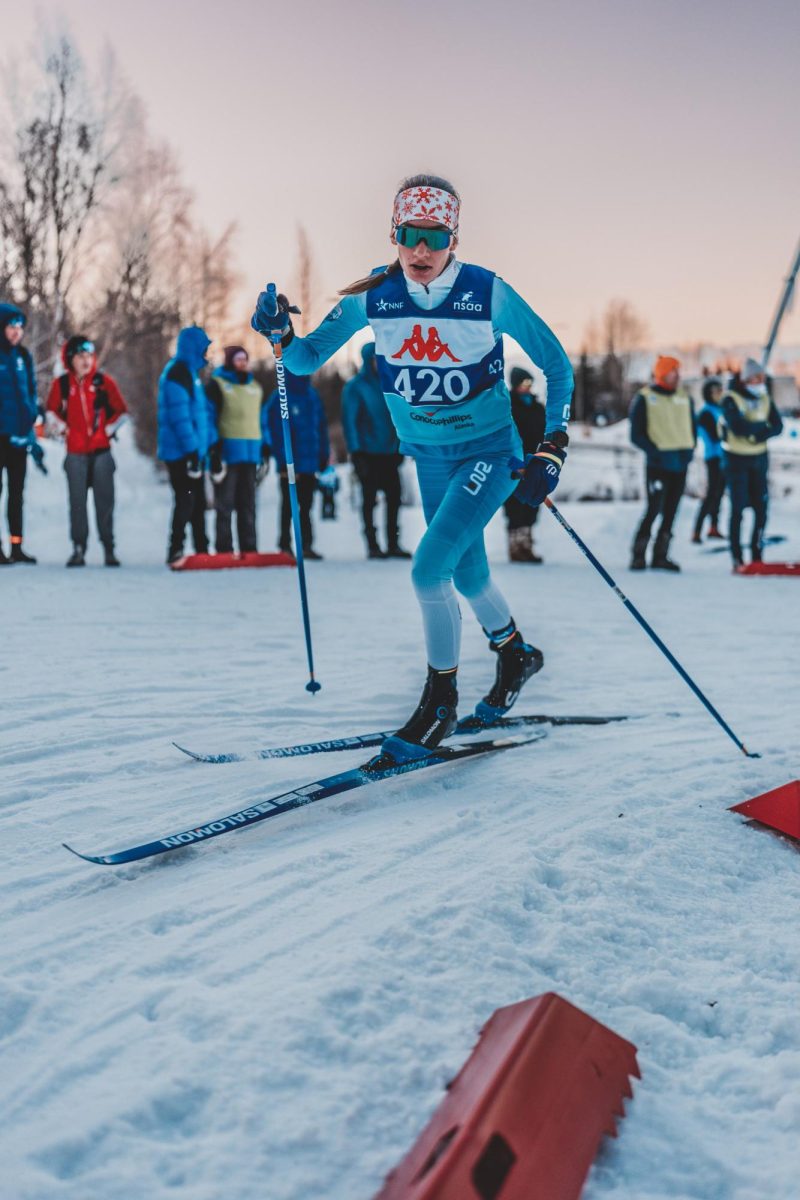






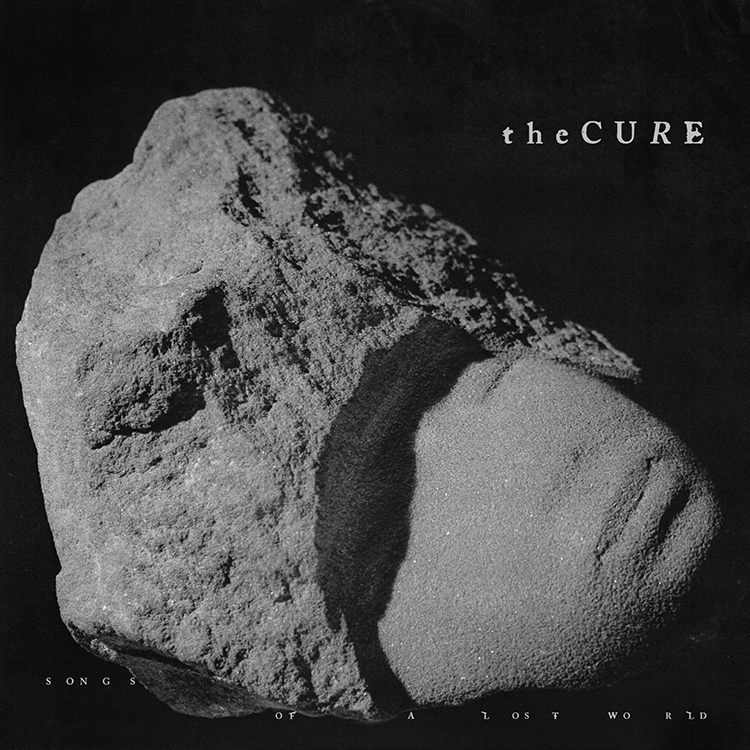






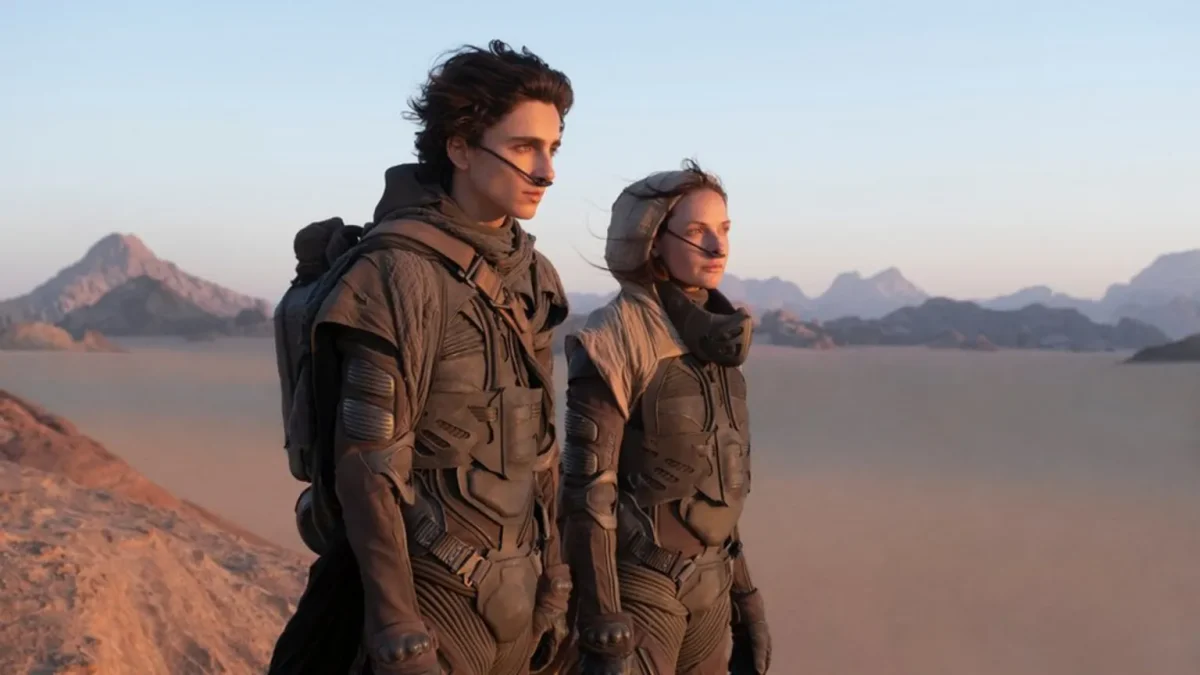






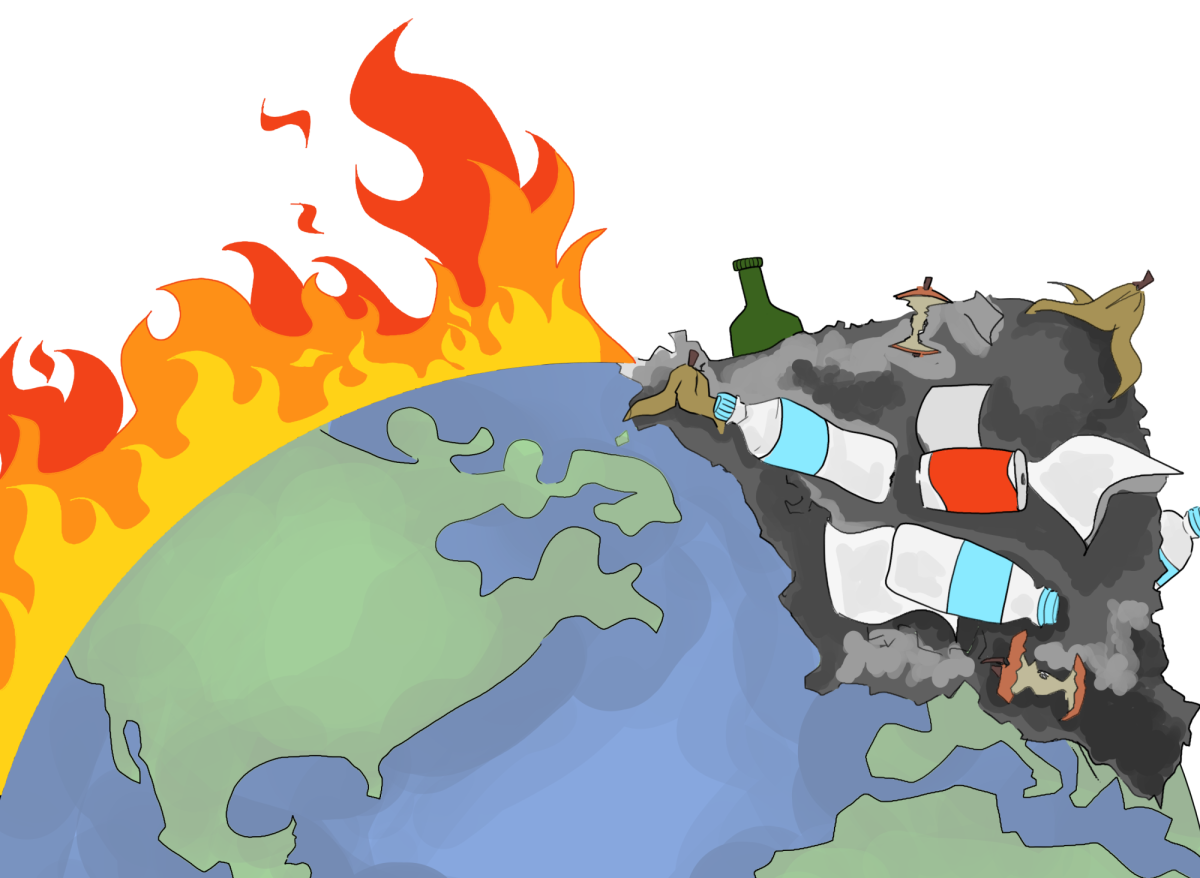


![[OPINION] The dark origins of TikTok's looksmaxxing trend](https://www.mvviewer.org/wp-content/uploads/2024/02/Copy-of-Copy-of-Untitled-Design-1200x675.png)
